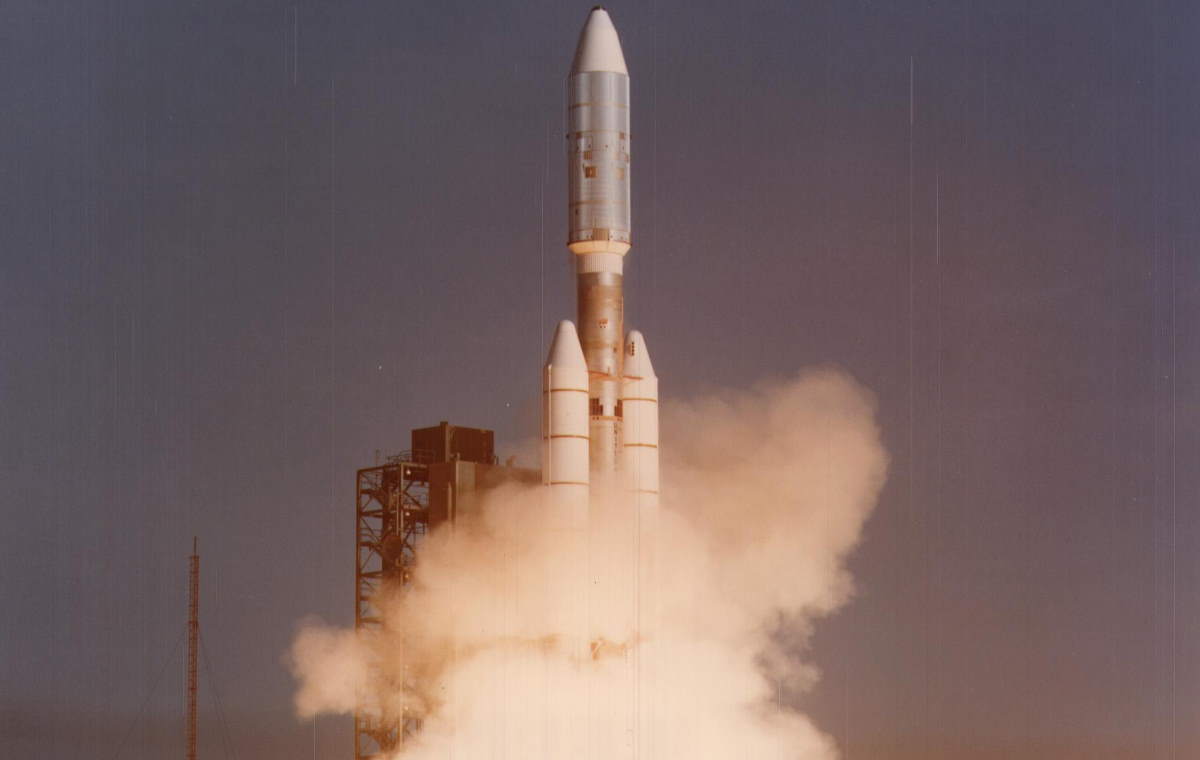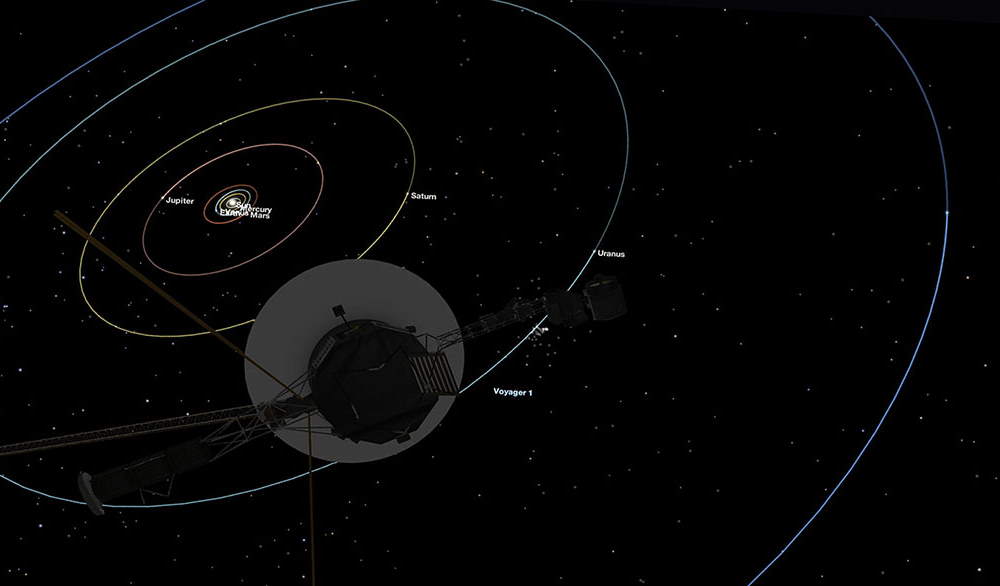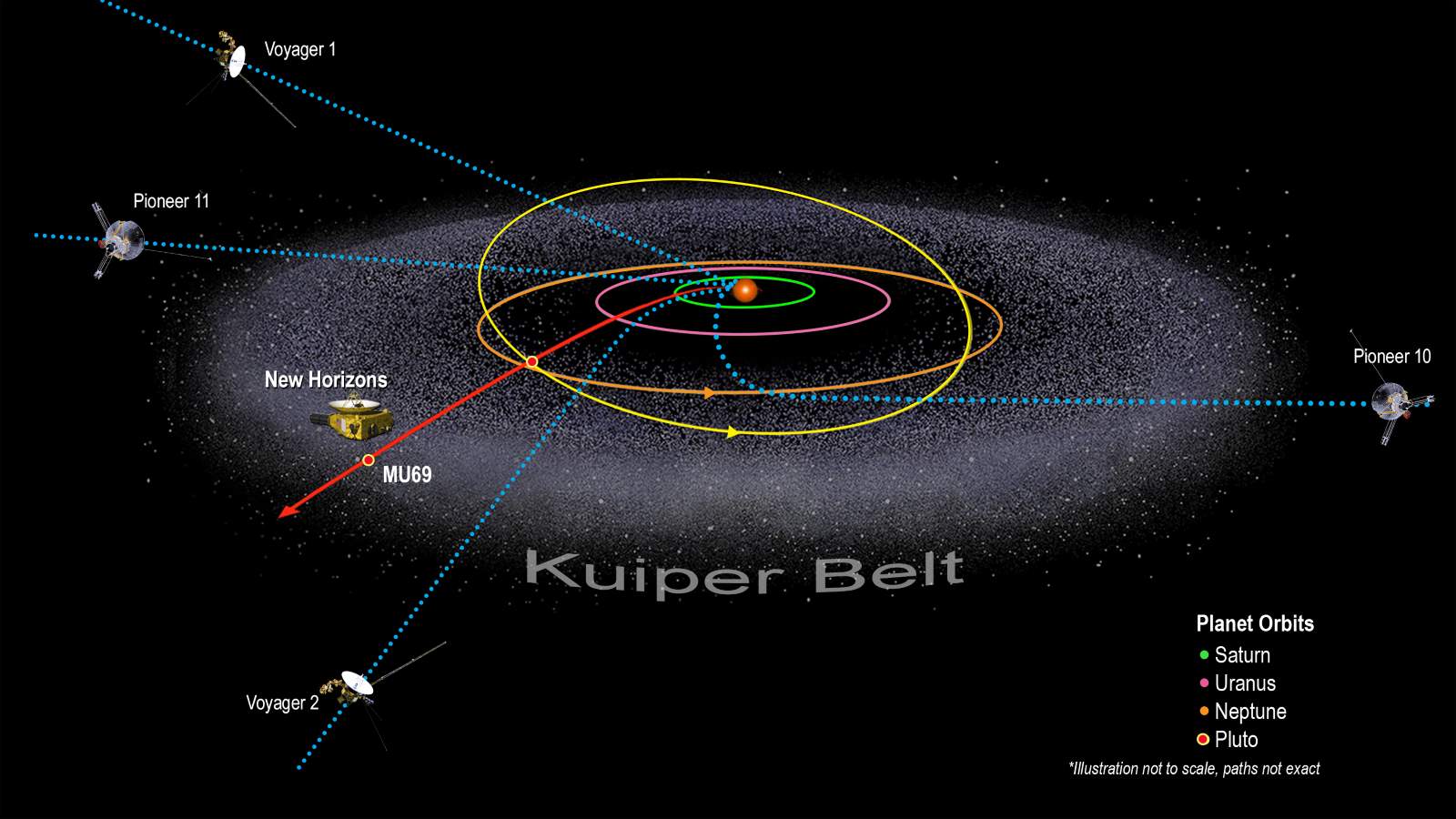Voyager 1 launch: On September 5, 1977, NASA’s Voyager 1 spacecraft was launched on top of a Titan IIIE/Centaur rocket from the Kennedy Space Center Launch Complex in Florida, 16 days after its twin, Voyager 2. The reversal of order was because the two spacecraft were sent on different trajectories, and Voyager 1 was put on a path to reach its planetary targets, Jupiter and Saturn, ahead of Voyager 2.
Today’s (September 5) story of what happened this day in Science, Technology, Astronomy, and Space Exploration history.
Voyager 1
Voyager 1 was launched on top of a Titan IIIE/Centaur rocket from the Kennedy Space Center Launch Complex in Florida to study the outer Solar System and interstellar space beyond the Sun’s heliosphere (the outer bound of the solar system). As of September 5, has been operating for 45 years and still communicates with the Deep Space Network to receive routine commands and transmit data to Earth.
Major objectives
It was one of a pair of spacecraft (with Voyager 2) launched to explore the planets of the outer solar system and the interplanetary environment. Each Voyager probe had its major objectives at each planet to:
- Investigate the circulation, dynamics, structure, and composition of the planet’s atmosphere
- Characterize the morphology, geology, and physical state of the satellites of the planet
- Provide improved values for the mass, size, and shape of the planet, its satellites, and any rings
- Determine the magnetic field structure and characterize the composition and distribution of energetic trapped particles and plasma therein.
Both Voyager spacecraft were designed to operate in a highly-autonomous manner because of their distance from Earth and the resulting time lag for commanding.
Voyager 1: Main events
Video: Voyager 1 Launch
The launch of NASA’s Voyager 1 spacecraft on September 5, 1977. Video by the Retro Space HD channel.
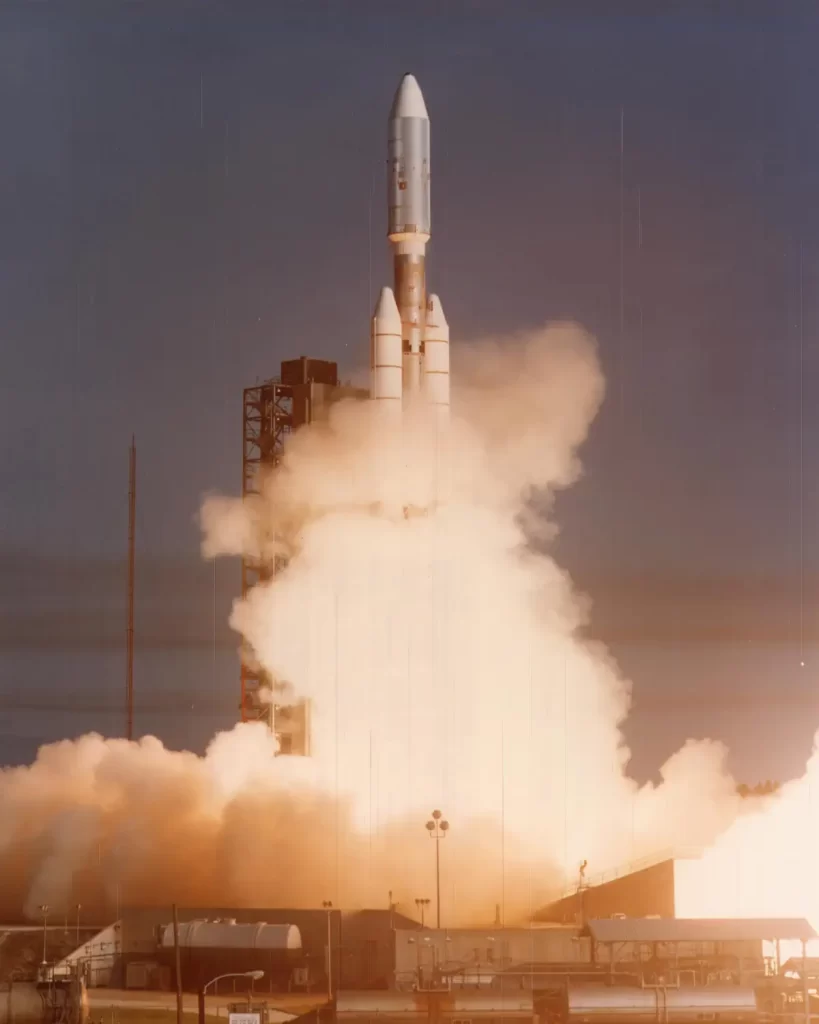
December 10, 1977: Entered asteroid belt
On December 10, 1977, Voyager 1 entered the Asteroid belt, a torus-shaped region located roughly between the orbits of the planets Jupiter and Mars. It contains a great many solid, irregularly shaped bodies, of many sizes. They are much smaller than planets, though, so they are called asteroids or minor planets.
December 19, 1977: Voyager 1 overtakes Voyager 2
Although launched sixteen days after Voyager 2, Voyager 1’s trajectory was the quicker one to Jupiter. On December 15, 1977, while both spacecraft were still in the asteroid belt, Voyager 1 surpassed Voyager 2’s distance from the Sun.
September 8, 1978: Exited asteroid belt
The width of the asteroid belt is roughly 1 AU (the distance between Earth and Sun), or 92 million miles (150 million km). It took more than 9 months for Voyager 1 to travel through it.
March 5, 1979: Jupiter flyby
Voyager 1’s photography of Jupiter began as early as January 1979, when images of the gas giant already exceeded the best taken from Earth.
On March 5, it performed the Jupiter flyby as the spacecraft flew within 277,400 kilometers (172,368 miles) of the planet’s cloud tops (348,890 km/216,790 miles from the center of mass).
Voyager 1 completed its Jupiter encounter on April 13, after taking almost 19,000 pictures and many other scientific measurements.
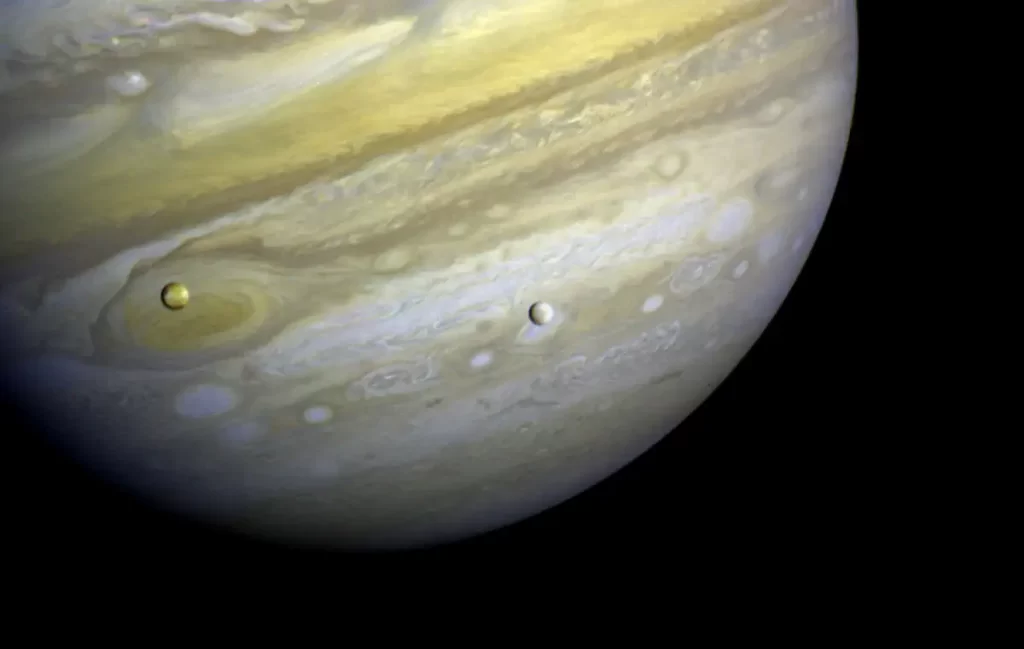
November 12, 1980: Saturn flyby
Voyager 1 flew within 64,200 kilometers (40,000 miles) of the cloud tops of Saturn on November 12, 1980 (or 184,300 km/114,519 miles from the center of mass). It found three new moons: Prometheus, Pandora, and Atlas.
Voyager 1 also found that Titan has a thick atmosphere, which hides its surface from visible-light cameras and telescopes trying to obtain images. In addition, it found that Titan’s atmosphere was mostly composed of nitrogen like the Earth. Its surface pressure is 1.6 times as high as Earth’s, though.
Similarly, it found Saturn’s upper atmosphere to be composed of 7% helium and the rest mostly made up of hydrogen. Scientists inferred that because of Saturn’s atmospheric composition, Saturn radiates more heat than what it receives from the sun.
Voyager 1 also discovered the G-rings of Saturn.

February 14, 1990: Pale blue dot
After its encounter with Saturn, Voyager 1 remained relatively quiescent, continuing to make in situ observations of the interplanetary environment and UV observations of stars. After nearly nine years of dormancy, Voyager 1’s cameras were once again turned on to take a series of pictures.
On February 14, 1990, Voyager 1 looked back from whence it came and took the first “family portrait” of the solar system, a mosaic of 60 frames of the Sun and six of the planets (Venus, Earth, Jupiter, Saturn, Uranus, and Neptune) as seen from “outside” the solar system. The result was the iconic photo which is known as the Pale Blue Dot.
After this final look back, the cameras on Voyager 1 were once again turned off.
August 25, 2012: Voyager 1 becomes the first spacecraft in interstellar space
32 years after the encounter with Saturn, on August 25, 2012, Voyager 1 entered interstellar space, the first spacecraft to do so in the history of space exploration.
Voyager 1 Mission Status
As of September 5, 2022, Voyager 1 is 157.477 AU away from Sun with a velocity of respect to the Sun of 38,027 mph (61,199 km/h).
An Astronomical Unit (AU) is the average distance between Earth and the Sun, which is about 93 million miles or 150 million kilometers.
Both Voyager 1 and Voyager 2 have reached “Interstellar space” and each continues its journey through the Universe.
Voyager disks
Each Voyager spacecraft has mounted to one of the sides of the bus a 12-inch gold-plated copper disk, also known as the “Golden Record”. The disk has recorded on it sounds and images of Earth designed to portray the diversity of life and culture on the planet.

Sources
- Voyager Facts on the NASA Jet Propulsion Laboratory website
- Voyager 1 Mission Status on the NASA Jet Propulsion Laboratory website
- Voyager 1 Launch (1977) on the NASA Jet Propulsion Laboratory website
- Voyager 1 on the NASA Space Science Data Coordinated Archive website
- Voyager 1 Jupiter Approach on the NASA Jet Propulsion Laboratory website
- Voyager 1 Fact Sheet on the NASA Jet Propulsion Laboratory website
- Voyager 1 Saturn Approach on the NASA Jet Propulsion Laboratory website
- Voyager 1 Saturn Flyby on the NASA history website
- Voyager 1 on Wikipedia
- Moon Landings: All-Time List [1966-2025] - February 2, 2025
- What Is Max-Q and Why Is It Important During Rocket Launches? - January 16, 2025
- Top 10 Tallest Rockets Ever Launched [2025 Update] - January 16, 2025
